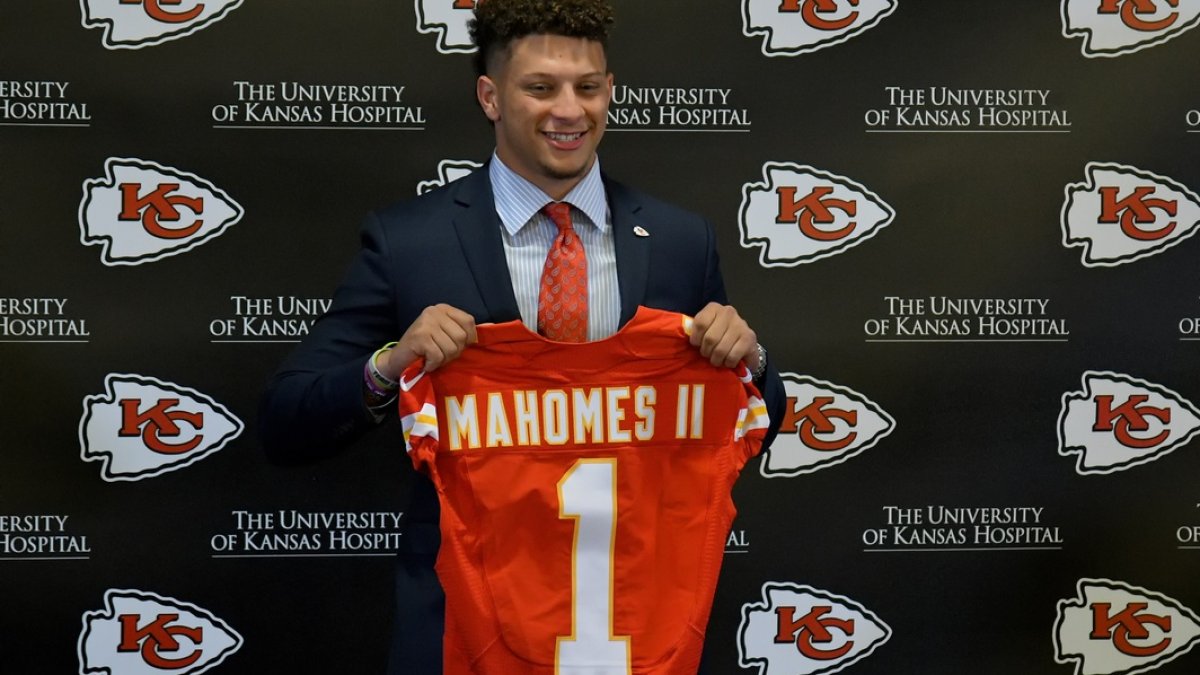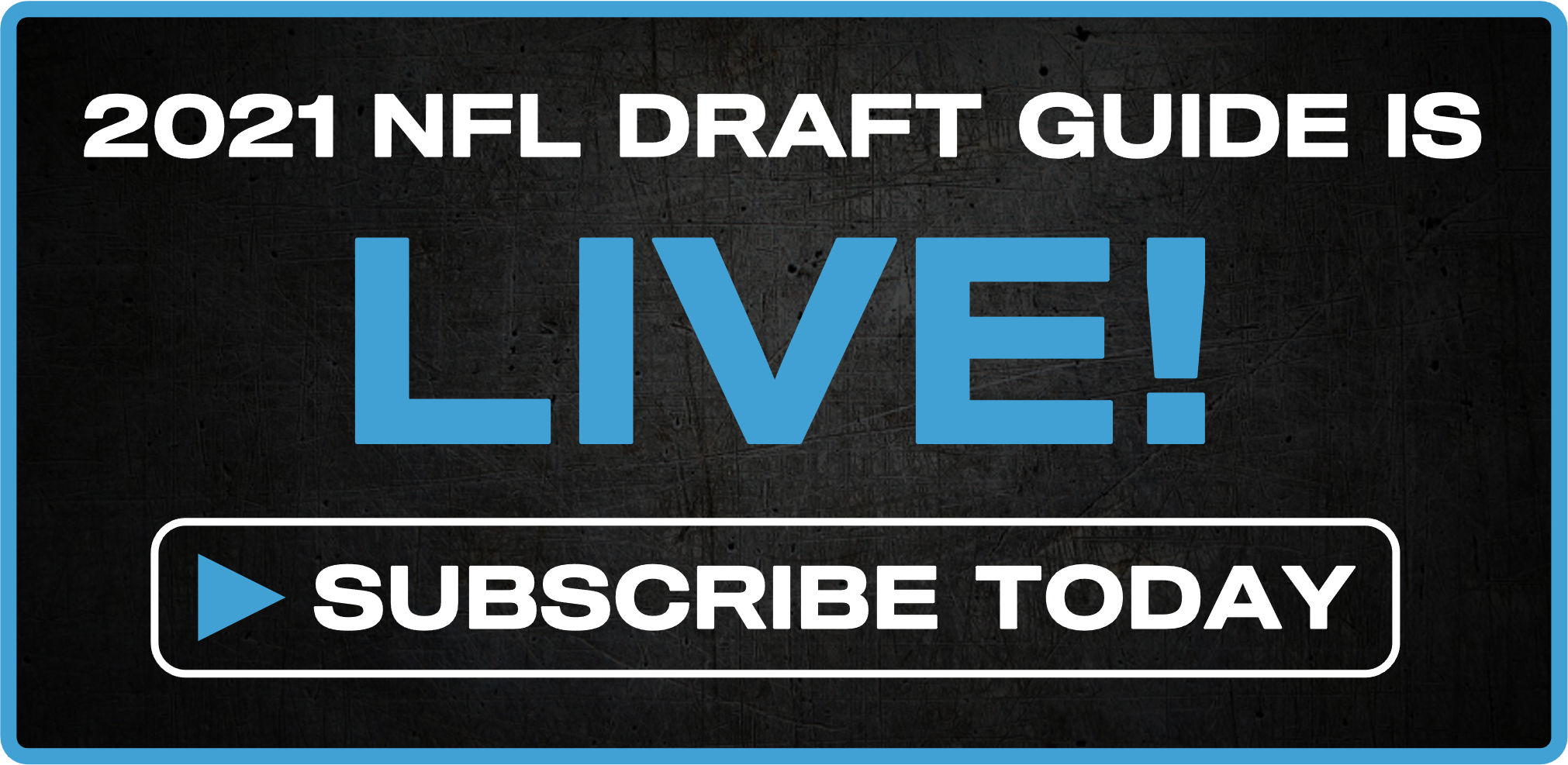When the 2021 NFL Draft finally gets underway, trades between teams will play a huge role in the proceedings. If we combine the number of draft-day trades and trades executed before the draft (which are almost exclusively for quarterbacks and at the very top of the draft), every 11th pick in the draft comes after a team has traded up to that spot. These moves become even more prevalent if we consider only the first two days of the draft, as every sixth draft pick in the top 100 happens after a team trades up.
We at PFF have a pretty strong opinion on the idea of trading up. The bottom line is that trading up for a non-quarterback is a relatively poor strategy.
You can see how we came to this conclusion by reading our analysis, but the Cliffs Notes version is that NFL teams are worse at choosing the best player available than one might think, so the difference in true value between, say, the 23rd and 37th pick is much lower than the trade market suggests. The Chargers made this exact move last year when they traded from No. 37 to No. 23 for linebacker Kenneth Murray, and it was a trade we didn’t like.
While we praise teams that move up the draft to acquire a quarterback, teams aren't significantly better at evaluating the quarterback position than they are at evaluating any other position. The difference is positional scarcity and what happens if you are lucky and hit with your selection.
Hitting on a quarterback can transform your franchise. Hitting on a non-quarterback gives you a good player, but that’s pretty much it.
My colleague Eric Eager found that most positions in the NFL are “depth positions,” as the second-, third- or even fourth-best player on the roster at a particular position plays a much larger role in team success than one might think. Consequently, if you bank on being lucky in the draft, it naturally makes more sense to be lucky with multiple picks instead of being lucky with one higher pick. The effect of one single non-quarterback just isn’t all that large, even if he turns out to be a stud.
View PFF's 2021 NFL Draft position rankings:
QB | RB | WR | TE | T | iOL | DI | EDGE | LB | CB | S
When you believe in something, try to prove yourself wrong
It’s never a bad idea to challenge a strong opinion, especially if that opinion is our own. So, here is an argument that many might point to: What if trading up isn’t banking on luck? We can compute the pick value by looking at the empirical distribution of outcomes for all drafted players in that range. Is that representative of the trade-up situation?
Sometimes a team might find itself on the clock with the 10th overall pick, not really knowing who to draft, but after nobody makes a phone call with a trade offer, they eventually have to choose a player, even though they don’t really like the value. These situations might drag down the value of the 10th pick compared to a situation where a team deliberately trades up to No. 10 because they like the value of the player they can draft.
Our draft-value chart wouldn't be the best proxy to evaluate draft-day trades if that were the case. That’s why we will try to answer the question in this article.
To do that, we take a list of all draft trades from 2011 and 2018. We stop at 2018 because players drafted in 2018 have now played for three years and we have a very good understanding of whether they generated surplus value or not. This is not necessarily the case for players drafted in 2019 or later.
Exclusive content for premium subscribers

WANT TO KEEP READING?
Dominate Fantasy Football & Betting with AI-Powered Data & Tools Trusted By All 32 Teams
Already have a subscription? Log in




 © 2025 PFF - all rights reserved.
© 2025 PFF - all rights reserved.